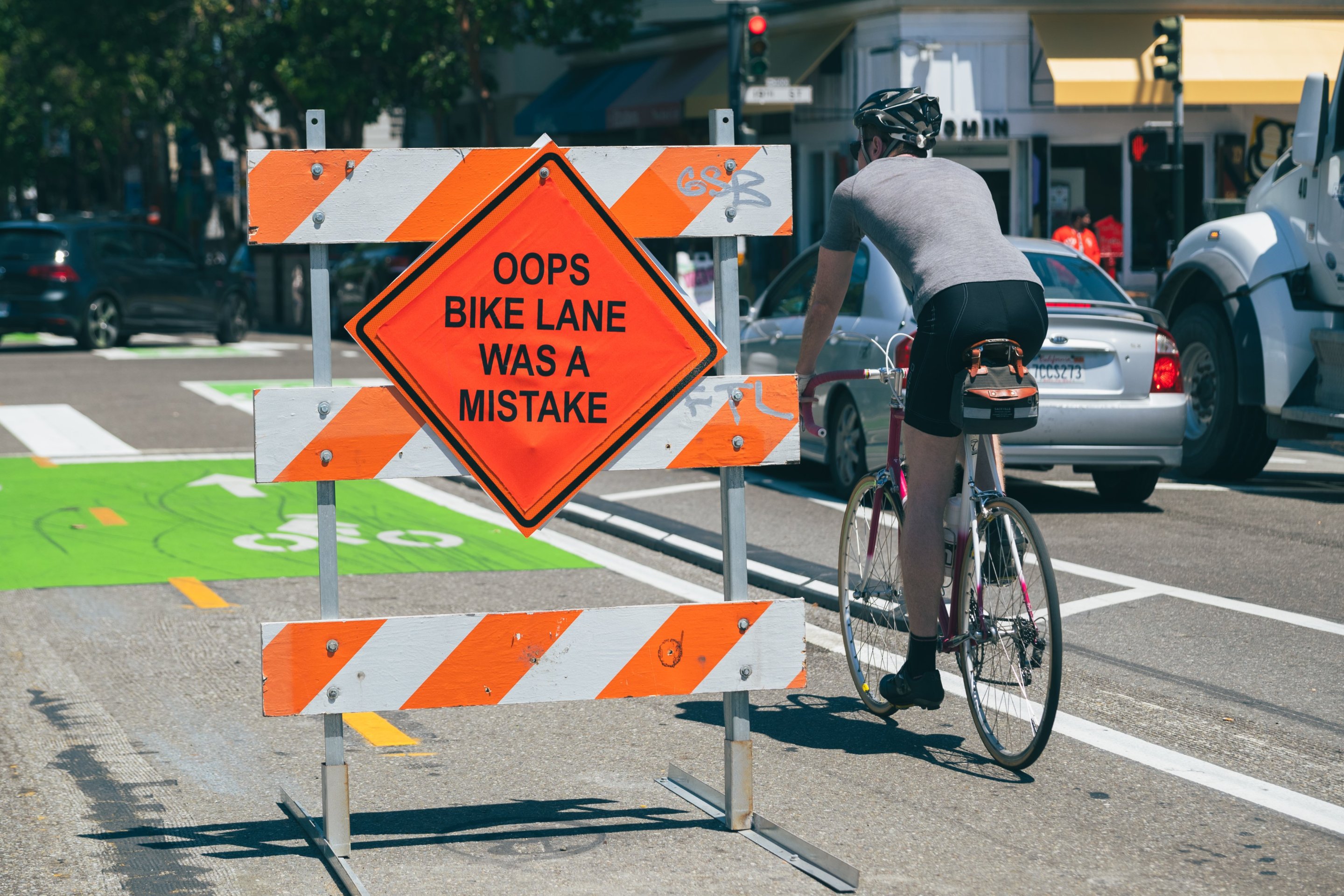Bay Area’s New “Vital Signs” Website Tracks Transportation Stats
5:15 PM PST on February 6, 2015
Data lovers can now nerd out on a new website that collects Bay Area transportation data and puts it into customizable maps and charts to play with.

Vital Signs is part of an effort by the Metropolitan Transportation Commission to make its performance measures and data more accessible to the public. It also lays the groundwork to measure the effects of Plan Bay Area, which was adopted in July 2013 after a state law mandated each region to produce a plan for smart growth oriented around transit.
The first rollout of the interactive website includes transportation data from a variety of sources, including the US Census. Land use data is scheduled to be added in March, followed in June by stats on the economy and the environment including job creation, housing affordability, emissions, fuel sales, and traffic injuries, according to Dave Vautin, a senior planner at MTC who is managing the project.
“This project is about transparency,” said Vautin. “We've opened up the data so anyone can do an analysis, mixing and matching data in about forty issue areas.”
Currently, users can inspect and play with data on commute mode, congestion, transit ridership, vehicle miles traveled, and pavement and road conditions.
News reports on the data so far have focused on traffic congestion (it's bad, but reliable) and transit ridership, which has increased 3 percent since 1991, but reportedly declined 14 percent per capita. Users can also compare transit ridership among metro areas across the country.

Comparing the Bay Area to Los Angeles, for example, shows that daily transit ridership in LA between 1991 and 2012 increased 24.5 percent, while the Bay Area only saw an increase of 3.2 percent (see chart above). The numbers on per capita transit ridership in the Bay Area are worse, with a 14 percent decrease over the same time period, while LA saw an 8 percent increase.

There remain some important data limitations. The US Census, for example, only collects data about mode choice for commute trips, which leaves out all other trips for errands, school, and entertainment. Census data has also historically lumped bicycle trips into the “other” category, which prevents Vital Signs users from seeing trends in bicycling rates as a share of transport mode choice.
The website feartures new data on street pavement conditions, allowing users to zoom in on a map street-by-street. That could be useful for tracking where bicycle routes are particularly pothole-ridden, if local public works departments have the resources to actually re-pave them.
The website doesn't allow users to view data overlays, such as a combination of pavement condition with bicycling rates to see if there's a correlation between the state of the roads and whether people choose to bike, or overlaying walking rates with a neighborhood's WalkScore.
Some other cities have similar kinds of mapping and data sites. Navigate LA has downloadable maps showing a range of data including census, housing, schools, sewer, and street information. But the MTC website goes a step further by making all of its underlying data available for download, some of it in spreadsheets and some of it as GIS shapefiles for mapping.
This is a first step, as Vautin acknowledges. “It's premature to be declaring Plan Bay Area as a success or failure,” he said, “but over time we'll start seeing trends.”
Share your thoughts in the comments on what other data you'd like to see, and how you'd like to apply it.
Stay in touch
Sign up for our free newsletter
More from Streetsblog San Francisco
Valencia Merchants to SFMTA: We Want Curbside Protected Bike Lanes
Valencia merchants association strengthens support for getting rid of the failed center-running bike lane and replacing it as soon as possible with curbside protected lanes
S.F. Fire Apologizes for Tweeting About Imaginary Bike Rule
There is no rule in California that says cyclists have to ride single file




